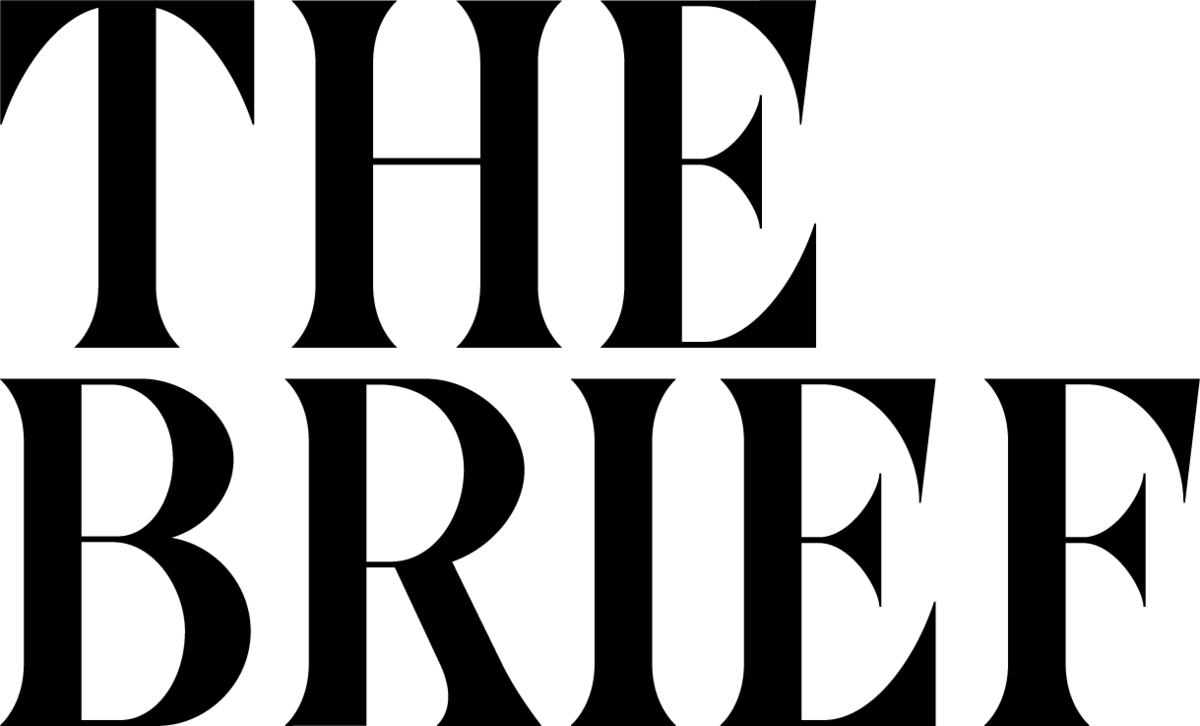
We’ve had a lot of clients making big announcements lately. And one of the first questions that always comes up is whether or not to do an exclusive. In today’s newsletter, we unpack what an exclusive is, what to consider, the pros and cons, the loopholes, and how to decide whether or not you should pursue.
Have an idea for a topic, or are you an expert who would like to contribute? Reach out.
Read Time: 3 mins
^^ This is us every time we’re strategizing for an upcoming announcement when an exclusive is on the table.
But understanding when to implement an exclusive first requires an understanding of what the heck it actually is.
An exclusive, by (our) definition, is a PR strategy in which you offer up your piece of news, under embargo, to one single reporter. 🤫
You would do this in a few different scenarios:
The client only cares about securing a specific publication. Anything other than coverage in that publication would be considered worthless. ☝️
The information is incredibly sensitive and you can’t afford the message getting jumbled or leaked with multiple publications. ⚠️
You don’t think the story is newsworthy enough to get coverage unless you offered it as an exclusive. 🥱
The pros of an exclusive are clear:
You know you’ll secure at least one piece of feature-length coverage. 📰
You have a higher likelihood of being able to control the message. 🎛️
It’s a chance to build a relationship with a target reporter who requires an embargo to cover. 🫶
But there are also cons associated with an exclusive:
You typically only get one piece of coverage,* sacrificing your ability to spread the news wide. 1️⃣
Your target reporter might not bite on the news. And if you’re up against a deadline, that puts you in a pickle of potentially getting no coverage at all. 🪝
The piece you secure might not end up being as exciting as you hoped, resulting in a lackluster launch day. 💤
As with everything in this lovely industry, things aren’t always straightforward.
We usually do an exclusive when a client wants TechCrunch, for example, and doesn’t care about any other press. TechCrunch likes exclusives and is transparent about being more apt to cover if you offer it to them.
But wait, there’s more!
If you decide to pursue an exclusive, there is a slight chance you can find a way to have your cake and eat it too. 🍰
*The loophole: ➿
If you offer an exclusive to a publication, try and nail down the exact day and time that the reporter is going to publish your news. Then, build your list and queue your pitches up as you normally would.
An exclusive only means that you didn’t tell any other reporters about your news ahead of time. There are no stipulations about who gets the news once the exclusive piece has been published. As soon as you see your exclusive reporter run the story, the floodgates are open for you to pitch whomever you please. 🌊
We hold a lot of trust in journalists and have only had one embargo broken in the last year (knock on wood). 🪵 So when we decide to do an exclusive, it’s typically because we know the client cares a lot about one specific publication. We rarely feel a piece of news is only capable of securing one piece of coverage, especially if you’re pitching the trades.
Can’t decide? Flip a coin!
Just kidding. Never do that in this industry. Weigh the pros and cons of the outcomes and work backward from there. Or just hire a great PR agency to do it for you. ;)
Until next week!
Ash + Lizzy

Like The Colab Brief?
